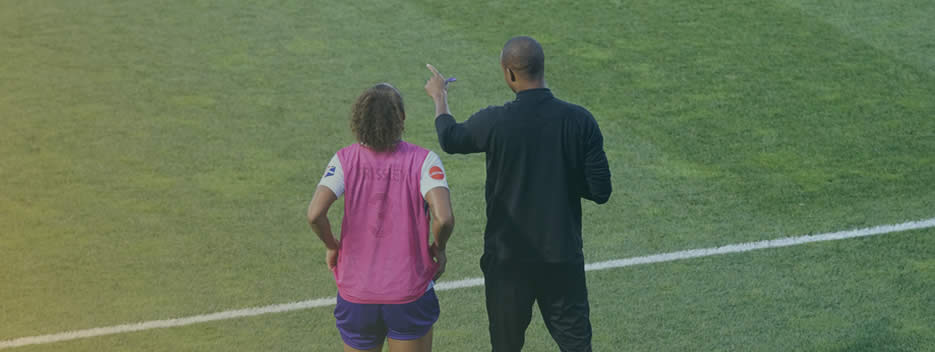Coaching a Team vs Coaching Individuals
- February 6th, 2019
- Tom Bean

Coaching a team requires a completely opposite skill set to coaching an individual. Differences in motivations, support units and power determines how coaches must adapt depending on the environment in which they're coaching.
As tennis players change from individual athletes to part of a team with the Davis Cup and Fed Cup starting this week, the tournaments offer a whole new bunch of challenges for both players and coaches. We look at the differences they face when coaching a team vs coaching the individual.
Coaching a Team
Regardless of coaching styles, be it autocratic or democratic, the coach has the more ability to influence the decisions and the approach within the team.
Coaching a team demands an ability to manage groups of individuals and to have a strong tactical mind. The technical side of coaching often has less of an importance when in a team environment.
Coaches need to maintain harmony by communicating effectively and understanding players motivations. This comes from getting to know players and players getting to know the coach to accept their role in the team. Coupling this with setting clear goals will give the group a coherent aim.
Managing personalities is one of the main challenges to galvanise all members of the team - the best ones have a knack of dialling into their players heads and recognising what makes them tick. Incentives for different players vary, some will respond better to intrinsic, some to extrinsic.
For example, when Eric Cantona kicked a fan during a game, Alex Ferguson, famous for his tough approach, took a softer line playing to Cantona's intrinsic motivations, knowing that reacting publically with anger would harm the players drive.
Ferguson's ability to appreciate players motivations and manage their failures was his best asset and in a world where 'losing the dressing room' is rife, his 26 years as Manchester United manager is a testament to that.
Failure as a team is shared, players can sometimes hide away from blame and deflect responsibility. The coach must recognise when players need to accept this and where an extra push is required.
As an amateur coach however, being tolerant of incentives is even more important. Although you have the majority of power, amateur players will want a wider array of things from the sport so you must accept that sometimes these won't match yours.
Coaching an Individual
There's a shift in the power with coaching an individual, the role is more personal and the sole focus is on them. The individual will likely be more driven and will naturally have more input into the approach and their goals.
As a coach, recognising this is vital to understanding the demands of the job. The player will have their own aims therefore, the coaches role is more technical, working on specific skills and tactical plays to facilitate the players ambitions.
The coach also needs to be more sensitive to the stresses of being an individual athlete. Without a team, there is no one to soak up frustrations and stresses, instead they get diverted towards the coach so the relationship between the two must be very strong. At times, the coach will become a life coach as well as a sports coach.
Creating this level of trust takes work. The individual athlete is the focus and they need to have a coach to rely upon, therefore being honest and frank will pay dividends when developing a healthy relationship to work effectively in close quarters.
One of the major difficulties of being an individual athlete is maintaining motivation, it's often down to the coach to provide it - celebrate the small wins, create an inspiring environment and don't punish failure; often the individual will punish themselves, therefore it's up to the coach to facilitate improvement.
The Main Differences
- Coach has majority share of influence vs Player has majority share of influence
- Set clear team goals vs Understand the individuals goal
- Manage players personalities vs Be sensitive to individuals personality
- Failure is shared vs Failure is owned
The Main Similarities
- Recognise their motivations
- Celebrate small wins
- Build healthy relationships
Coaching individuals creates different demands to coaching a team and it's vital to recognise the changes in the role. Coming into the Davis and the Fed Cup, players and coaches alike will be adapting their approach and their way of thinking in a bid to come together and push for the finals.